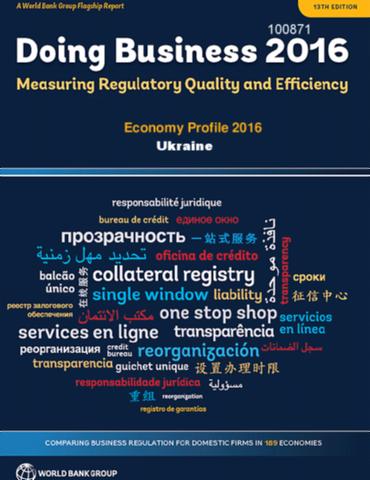The World Bank is a vital source of financial and technical assistance to developing countries around the world. We are not a bank in the ordinary sense but a unique partnership to reduce poverty and support development. The World Bank Group has two ambitious goals: End extreme poverty within a generation and boost shared prosperity.
- To end extreme poverty, the Bank's goal is to decrease the percentage of people living on less than $1.25 a day to no more than 3% by 2030.
- To promote shared prosperity, the goal is to promote income growth of the bottom 40% of the population in each country.
The World Bank Group comprises five institutions managed by their member countries.
The World Bank Group and Land: Working to protect the rights of existing land users and to help secure benefits for smallholder farmers
The World Bank (IBRD and IDA) interacts primarily with governments to increase agricultural productivity, strengthen land tenure policies and improve land governance. More than 90% of the World Bank’s agriculture portfolio focuses on the productivity and access to markets by small holder farmers. Ten percent of our projects focus on the governance of land tenure.
Similarly, investments by the International Finance Corporation (IFC), the World Bank Group’s private sector arm, including those in larger scale enterprises, overwhelmingly support smallholder farmers through improved access to finance, inputs and markets, and as direct suppliers. IFC invests in environmentally and socially sustainable private enterprises in all parts of the value chain (inputs such as irrigation and fertilizers, primary production, processing, transport and storage, traders, and risk management facilities including weather/crop insurance, warehouse financing, etc
For more information, visit the World Bank Group and land and food security (https://www.worldbank.org/en/topic/agriculture/brief/land-and-food-security1
Resources
Displaying 726 - 730 of 4907Lima Urban Transport
The implementation of metro line 2, now under way, will provide a modern, 35 kilometer mass transit axis linking major population and job centers in Lima, the capital of Peru, with Callao to the west, the country’s chief seaport and international airport. Integrated with the Lima-Callao region’s existing public transport network, line 2 will create a major corridor that will improve the accessibility of jobs, services, and markets for 2.3 million people and provide a backbone for more efficient urban development.
Creating Pro-Poor Transport
Transport plays a crucial role in connecting people to goods and services and fostering sustainable development. The literature links improved transport infrastructure to economic growth and poverty reduction through five key mechanisms: (1) reducing transport and production costs, (2) creating jobs, (3) expanding productive capacity, (4) improving access to markets and basic services like health and education, and (5) reducing prices of final goods and services.
Doing Business Economy Profile 2016
This economy profile for Doing Business 2016 presents the 11 Doing Business indicators for South Sudan. To allow for useful comparison, the profile also provides data for other selected economies (comparator economies) for each indicator. Doing Business 2016 is the 13th edition in a series of annual reports measuring the regulations that enhance business activity and those that constrain it. Economies are ranked on their ease of doing business; for 2015 South Sudan ranks 187.
Doing Business Economy Profile 2016
This economy profile for Doing Business 2016 presents the 11 Doing Business indicators for Ukraine. To allow for useful comparison, the profile also provides data for other selected economies (comparator economies) for each indicator. Doing Business 2016 is the 13th edition in a series of annual reports measuring the regulations that enhance business activity and those that constrain it. Economies are ranked on their ease of doing business; for 2015 Ukraine ranks 83.
Review of Program Design and Beneficiary Profiles of Social Welfare Programs in Mongolia
The report begins with a summary of
programs reviewed, a description of the PMT targeting
system, and the profile of individuals in the database. It
then presents key findings from the review of budgets and
the analysis of SW Admin/PMT data on program coverage and
distributional equity of program benefits. The report
concludes with a discussion of policy implications and
recommendations that emerged from the key findings and the










